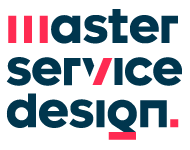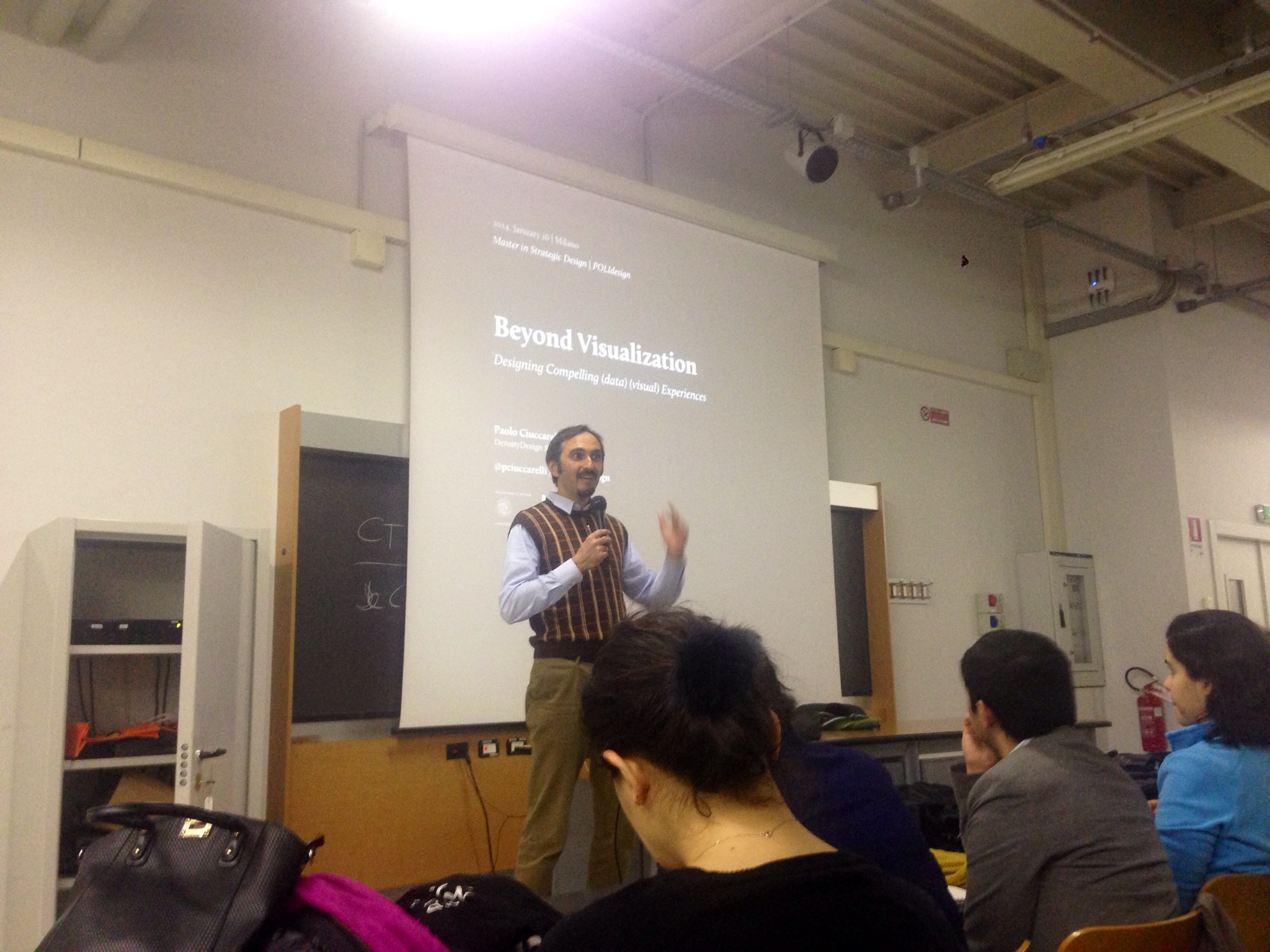As part of a broad and rich program designed to offer a holistic training, the Service Design Master presented another open lecture with professor Paolo Ciuccarelli, on Visualization Data: Beyond Visualization, Designing Compelling (data) (visual) Experiences.
When we talk about Visualization Data, we talk about a transversal topic. It’s about representing, in a visual way and communicating complex social phenomena . This can be expressed in the following formula:
D= complexity x distance (culture)
time (decision)
In recent years the importance of collecting data is becoming a key factor for many company and individuals in general. Data is even said to be the new oil, the new natural resource. But is it true?
Data are everywhere, they are not limited or insufficient like gold or oil. So why this comparison? Well, when we speak about data there is also an element of scarcity to it. What is scarce is the ability to extract wisdom from them. Companies, institutions and individuals have been collecting data from several sources. However they find themselves drowning in this sea of information without being able to translate it into something concrete and valuable.
However through design and visualization we are able to make sense of the vast sea of data available today.
The process of visualization involves:
1. Representation
It’s the human way of making sense of the world. Learning and understanding the world by images has been always the easiest way to get in touch with the reality. It’s the way in which our brain works and can recognize informations.
2. Translation
It’s a language process. The way in which this translation is made, can create different connections in the user. In fact infographics is about how to look at the informations given.
3. Users.
Visualisation data can’t avoid to take in consideration the user. When we design we have to consider the final user: users perceive differently according to cultural and social aspects.
4. Storytelling
The way in which a visualization data is managed can drive people to be aware of something and force them to make a decision.
Two other key factors in visualization, that are gaining importance are activism and ethics. As data becomes increasingly open and available to all, regular citizens are able to access and use this data. An example of this is Open Street Map. The activism and citizen participation is likely to continue growing. This makes us wonder, what will the ethical implications of this be? How can we regulate this participation? should we even attempt to regulate?
Don’t forget to attend our next open lecture, the last one of the first edition: Transforming an innovative idea into a business: Open sharing of an evolving journey.

